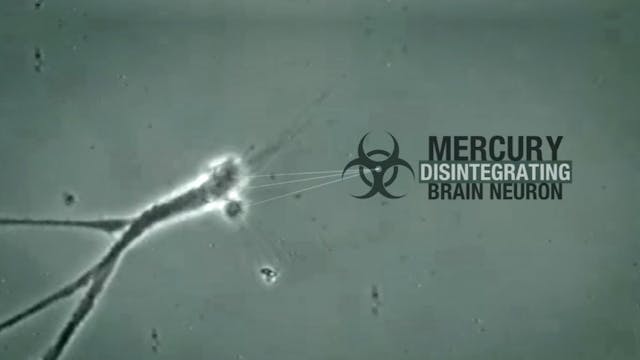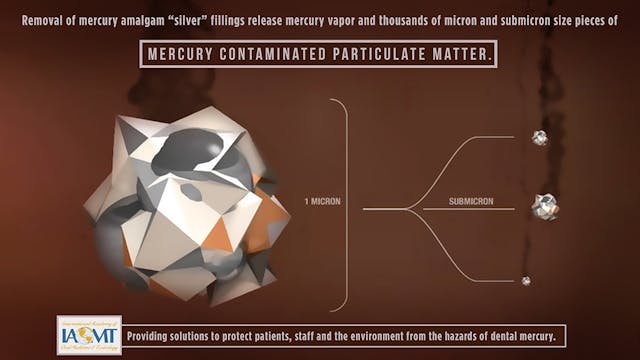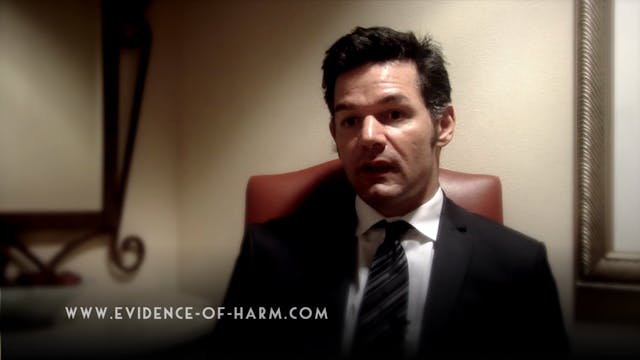The International Academy of Oral Medicine and Toxicology (IAOMT), presented this animation while at the International Negotiating Committee (INC5) meeting being held in Geneva by the United Nations Environmental Programme.
The Minamata Convention on Mercury is a global treaty to protect human health and the environment from the adverse effects of mercury. It was agreed at the fifth session of the Intergovernmental Negotiating Committee in Geneva, Switzerland on the morning of Saturday, 19 January 2013.
Dental Mercury accounts for 10% of the annual global emissions (340 tons) and therefore is considered a significant contributor. The IAOMT’s group of experts represented the consensus that mercury amalgam is a risk to the environment, dental workers and the general public, and whose use should be discontinued as there are many suitable alternatives available.
Part II: Products subject to Article 4, paragraph 3
Dental Amalgam Provisions
Dental amalgam Measures to be taken by a Party to phase down the use of dental amalgam shall
take into account the Party’s domestic circumstances and relevant international guidance and shall include two or more of the measures from the following list:
(i) Setting national objectives aiming at dental caries prevention and health promotion, thereby minimizing the need for dental restoration;
(ii) Setting national objectives aiming at minimizing its use;
(iii) Promoting the use of cost-effective and clinically effective mercury-free alternatives for dental restoration;
(iv) Promoting research and development of quality mercury-free materials for dental restoration;
(v) Encouraging representative professional organizations and dental schools to educate and train dental professionals and students on the use of mercury-free dental restoration alternatives and on promoting best management practices;
(vi) Discouraging insurance policies and programmes that favour dental amalgam use over mercury-free dental restoration;
(vii) Encouraging insurance policies and programmes that favour the use of quality alternatives to dental amalgam for dental restoration;
(viii) Restricting the use of dental amalgam to its encapsulated form;
(ix) Promoting the use of best environmental practices in dental facilities to reduce releases of mercury and mercury compounds to water and land.
Up Next in Evidence of Harm + Bonus Material
-
Mercury & Alzheimer's Disease
Boyd Haley, PhD. discusses the findings of his published studies (and others), which showed that mercury and only mercury can cause the major biochemical hallmarks of Alzheimer's disease and how the NIH stopped his funding after he published those findings.
-
Mercury Exposure & Amalgam Removal
Mark Richardson PhD discusses the extremely high levels of mercury contaminated particulate matter generated during the removal of mercury dental fillings.
I will be uploading a correction to this video. Mark Richardson PhD is listed as from Health Canada, where he worked for a number of years...
-
Mercury levels in Americans rose from...
Assessment of chronic mercury exposure within the U.S. population, National Health and Nutrition Examination Survey, 1999–2006
Dan Laks, Biometals, 2009Dan Laks, lead author of the study "Assessment of chronic mercury exposure within the U.S. population, National Health and Nutrition Examina...



1 Comment